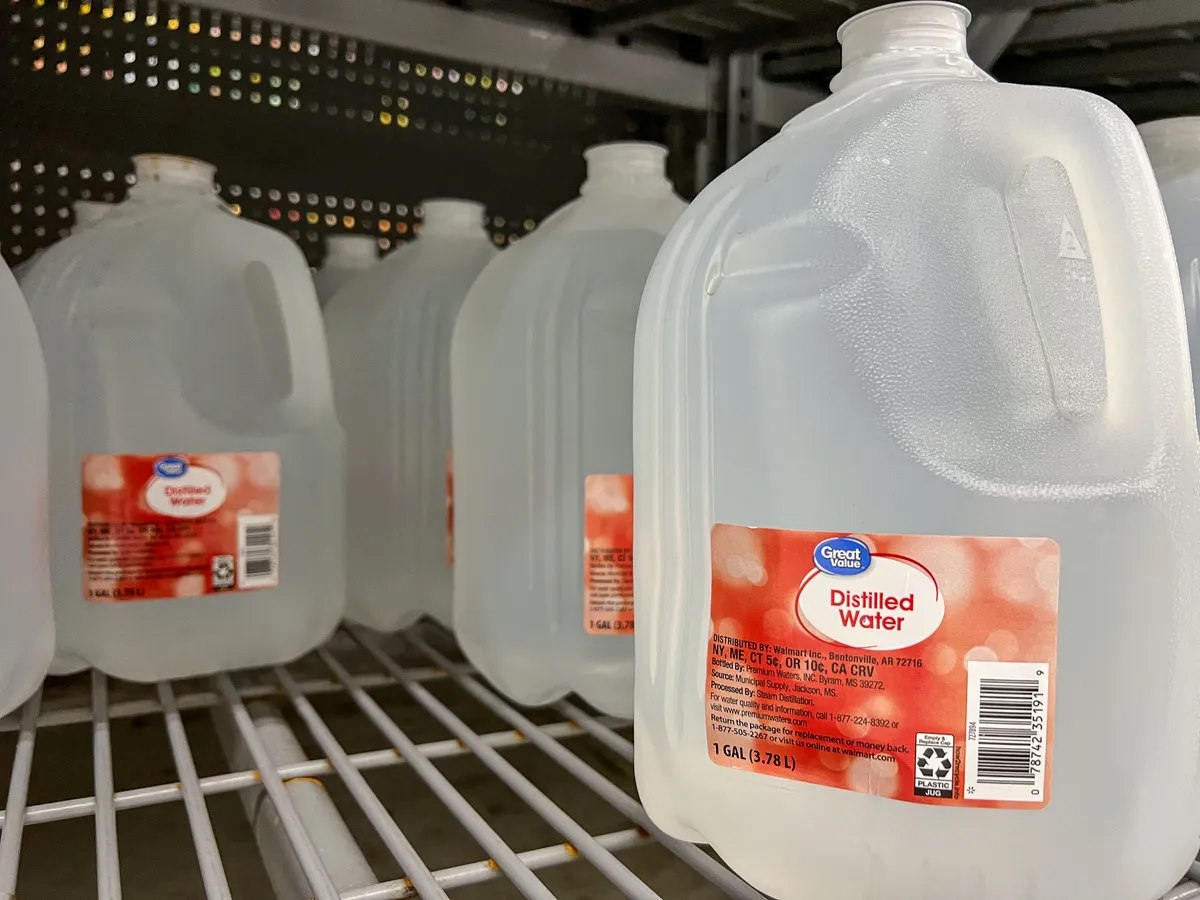

Articles
How To Store Opened Distilled Water
Modified: May 6, 2024
Learn how to properly store opened distilled water with our informative articles. Keep your water fresh and safe for longer use.
(Many of the links in this article redirect to a specific reviewed product. Your purchase of these products through affiliate links helps to generate commission for Storables.com, at no extra cost. Learn more)
Introduction
Properly storing opened distilled water is essential to maintain its purity and quality for future use. Distilled water, which has had impurities and minerals removed through a process of distillation, is commonly used for various applications such as drinking, cooking, and medical purposes. However, once a container of distilled water has been opened, it becomes susceptible to contamination from air, bacteria, and other external elements. Therefore, understanding the importance of proper storage methods and implementing them is crucial for preserving the integrity of opened distilled water.
The quality of the stored water plays a significant role in ensuring that it remains suitable for consumption or use. Improper storage can lead to the growth of bacteria, mold, or the absorption of undesirable substances from the surrounding environment. This can affect the taste, odor, and overall safety of the water, making it unsuitable for its intended purpose. Additionally, stored opened distilled water may also lose its beneficial properties if not handled and stored correctly.
There are various factors to consider when storing opened distilled water. These include the choice of containers, storage location, and the duration for which the water will be stored. By properly addressing these factors, you can ensure that the water remains safe and of high-quality throughout its storage period.
In this article, we will explore different methods and techniques to store opened distilled water effectively. We will discuss the use of airtight containers, refrigeration, freezing, adding preservatives, and utilizing water sterilizers. By understanding and implementing these methods, you can extend the shelf life and maintain the quality of opened distilled water, allowing you to use it confidently whenever needed.
Key Takeaways:
- Properly storing opened distilled water is crucial for maintaining its purity and safety. Methods such as using airtight containers, refrigeration, freezing, adding preservatives, and water sterilizers help extend its shelf life and preserve quality.
- Factors like container choice, storage location, duration, hygiene, and purpose of use are essential when storing opened distilled water. Airtight containers, refrigeration, freezing, preservatives, and sterilizers offer effective ways to maintain the water’s purity and suitability for various applications.
Read more: How To Store Distilled Water After Opening
Importance of Proper Storage
Proper storage of opened distilled water is crucial for maintaining its purity and preventing contamination. Here are some key reasons why it is important to store opened distilled water correctly:
- Preservation of Purity: Distilled water undergoes a process that removes impurities and minerals, making it pure and free from contaminants. However, once the container is opened, it becomes exposed to the surrounding environment. Storing opened distilled water properly helps to preserve its purity and prevent the introduction of new contaminants.
- Prevention of Bacterial Growth: When water is exposed to air, it can provide a favorable environment for the growth of bacteria. Proper storage methods, such as using airtight containers, refrigeration, or freezing, help to inhibit bacterial growth and maintain the safety of the water.
- Retention of Quality: Distilled water is often used for its quality and cleanliness, especially in a medical or laboratory setting. Improper storage can lead to a deterioration in the water’s quality, affecting its taste, appearance, and overall suitability for use.
- Extension of Shelf Life: By implementing proper storage techniques, you can extend the shelf life of opened distilled water. This ensures that it remains viable for consumption or other applications for an extended period.
- Cost-Effective Solution: Proper storage practices can help you avoid wastage by preserving the integrity of the opened distilled water. This eliminates the need for frequent replacements and saves you money in the long run.
Overall, proper storage is essential in maintaining the purity, quality, and safety of opened distilled water. By following the recommended storage methods, you can ensure that the water remains suitable for consumption, cooking, medical use, or any other intended purpose.
Factors to Consider
When it comes to storing opened distilled water, several factors should be taken into consideration to ensure its longevity and quality. These factors will help you determine the most suitable storage method and conditions. Here are the key factors to consider:
- Choice of Containers: The type of container you use for storing opened distilled water is crucial. It is recommended to select containers that are made of food-grade materials, such as glass or high-quality plastic. These materials are less likely to leach chemicals into the water and will maintain its purity. Additionally, the container should have a secure, airtight seal to prevent air and contaminants from entering.
- Storage Location: The location where you store opened distilled water is also important. It should be a cool, dry place away from direct sunlight. Exposure to heat and light can degrade the water quality and promote the growth of bacteria. Avoid storing the water near chemicals, cleaning agents, or other substances that may contaminate it.
- Duration of Storage: Consider the length of time you plan to store the opened distilled water. If you anticipate using it within a few days, simple refrigeration might be sufficient. However, if you need to store it for an extended period, freezing or adding preservatives might be necessary. Understanding the duration of storage will help you choose the right method to maintain the water’s quality.
- Hygiene and Cleanliness: Ensure that you practice good hygiene and maintain the cleanliness of the containers and equipment used for storing distilled water. Clean the containers thoroughly before use, and avoid touching the inside of the containers or transferring water with dirty utensils or hands. This will prevent contamination and maintain the purity of the water.
- Purpose of Use: Consider the intended purpose of the stored distilled water. If it is for drinking or cooking, maintaining its taste and odor is crucial. For medical or laboratory use, ensuring its sterility and purity is essential. Different storage methods may be recommended based on the specific purpose of use.
By carefully considering these factors, you can make informed decisions about storing opened distilled water. It is crucial to prioritize the purity, quality, and safety of the water to ensure that it remains suitable for consumption or other intended applications.
Storing Opened Distilled Water
Properly storing opened distilled water is essential to maintain its purity and quality for future use. There are various methods and techniques that you can employ to ensure that the water remains safe and free from contaminants. Here are some effective ways to store opened distilled water:
Method 1: Using Airtight Containers
One of the simplest and most effective ways to store opened distilled water is by transferring it to clean, airtight containers. Choose containers made of food-grade materials, such as glass or high-quality plastic, that are specifically designed for storing liquids. These containers should have a secure seal to prevent air and external contaminants from entering.
Read more: How To Store Distilled Water
Method 2: Refrigerating Opened Distilled Water
If you plan to use the water within a few days, refrigeration is a viable storage option. Transfer the water to a clean, airtight container and place it in the refrigerator. This method helps to inhibit bacterial growth and maintain the freshness of the water. However, make sure to keep the water away from strong-smelling foods to prevent odor contamination.
Method 3: Freezing Opened Distilled Water
If you need to store the opened distilled water for an extended period, freezing it is a suitable option. Pour the water into clean, airtight containers, leaving enough room for expansion as the water freezes. Ensure that the containers are tightly sealed to prevent ice crystals or other contaminants from entering. Freezing the water will help to maintain its purity and freshness for longer durations.
Method 4: Adding Preservatives
If you anticipate storing the opened distilled water for an extended period but do not have the option of refrigeration or freezing, you can consider adding preservatives. These additives help to inhibit the growth of bacteria and prevent spoilage. Follow the instructions on the preservative product carefully and ensure that you use food-grade preservatives that are specifically recommended for water storage.
Method 5: Using Water Sterilizers
In certain situations, such as medical or laboratory use, ensuring the sterility of the stored water is crucial. Using water sterilizers, like UV sterilizers or chemical disinfectants, can help to eliminate any potential contaminants and maintain the purity of the water. Follow the manufacturer’s instructions for the specific sterilization method you choose to ensure effective results.
Regardless of the method you choose, it is important to maintain good hygiene and cleanliness throughout the process. Always use clean utensils and containers, and avoid touching the inside of the containers or transferring water with dirty hands. Regularly check the containers for any signs of mold, discoloration, or odors, and discard the water if it shows any signs of contamination.
By following these effective storage methods, you can ensure that opened distilled water remains safe, pure, and of high quality for an extended period. This will allow you to use the water confidently whenever needed and avoid any concerns regarding its safety or suitability.
Read more: How To Clean VEVOR Water Distiller
Method 1: Using Airtight Containers
One of the simplest and most effective ways to store opened distilled water is by utilizing clean and airtight containers. Proper container selection and ensuring a secure seal are key to maintaining the water’s purity and preventing contamination. Here’s how you can effectively store opened distilled water using airtight containers:
- Choose the Right Containers: Start by selecting containers that are specifically designed for storing liquids and are made of food-grade materials. Glass jars or bottles and high-quality, BPA-free plastic containers are excellent options. It is important to use containers that are clean, free from residue, and have not been used to store other substances.
- Clean the Containers: Before transferring the opened distilled water to the containers, ensure they are thoroughly cleaned. Wash them with warm water and mild soap, then rinse them well to remove any soap residues. Avoid using strong-smelling or chemical-based cleaning agents, as they can leave odors or contaminate the water.
- Transfer the Water: Pour the opened distilled water carefully into the clean containers. Leave some headspace at the top to allow for expansion if you plan on freezing the water. Avoid touching the inside of the containers or allowing the water to come into contact with unclean surfaces to prevent contamination.
- Seal the Containers: Ensure that the containers have airtight seals to prevent air, bacteria, and other contaminants from entering. Check the lids or caps of the containers to make sure they fit tightly and provide a proper seal. This will help minimize the exposure of the water to external elements that can affect its quality.
- Label and Date the Containers: To avoid confusion and keep track of the storage time, it is helpful to label each container with the date of storage. Use a waterproof marker or label to clearly mark the date of storage. This will make it easier to identify the freshness and suitability of the water when you need to use it in the future.
By employing airtight containers for storing opened distilled water, you can effectively protect its purity and prevent contamination. These containers create a barrier between the water and the surrounding environment, ensuring that the water remains safe and suitable for consumption or other purposes.
Remember to store the containers in a cool, dry place away from direct sunlight. Exposure to heat and light can degrade the quality of the water and promote the growth of bacteria. Regularly check the containers for any signs of mold, discoloration, or odor and discard the water if any contamination is detected.
Using airtight containers is a convenient and reliable method of storing opened distilled water, allowing you to confidently use it whenever needed while preserving its purity and quality.
Method 2: Refrigerating Opened Distilled Water
If you plan to use the opened distilled water within a few days, refrigeration is an effective method for storing it. Properly refrigerating the water helps to inhibit bacterial growth and maintain its freshness. Here’s how you can store opened distilled water in the refrigerator:
- Transfer the Water: Once the distilled water is opened, transfer it to a clean and airtight container. Choose a container that is suitable for refrigeration, such as a glass jar or BPA-free plastic bottle. Make sure the container is clean and free from any contaminants.
- Cover and Seal: Ensure that the container is well-sealed to prevent any air or odors from permeating the water. Use a tight-fitting lid or cap to securely cover the container. This will help maintain the freshness and cleanliness of the water.
- Label and Date: It’s always a good practice to label the container with the date of storage. This will help you keep track of the freshness of the water and ensure that you use it within a reasonable time frame.
- Store in the Refrigerator: Place the sealed container of distilled water in the refrigerator. Choose a location away from strong-smelling foods or chemicals to prevent any odors or flavors from transferring to the water. The cool temperature of the refrigerator will slow down bacterial growth and help preserve the quality of the water.
- Use within a Few Days: It is recommended to use the refrigerated distilled water within a few days to ensure its freshness and safety. Over an extended period, bacteria or other contaminants may still develop, even under refrigeration. Regularly check the water for any signs of mold, discoloration, or off-putting odors. If there are any indications of contamination, it’s best to discard the water.
By refrigerating opened distilled water, you can extend its shelf life and maintain its purity. This method is particularly useful when you anticipate using the water within a short time frame and want to keep it as fresh as possible.
Remember to practice proper hygiene and cleanliness throughout the process. Wash your hands before handling the water or the container, and ensure that the container is thoroughly cleaned before transferring the water. This will help prevent any contaminants from entering and compromising the quality of the water.
By following these steps, you can confidently store opened distilled water in the refrigerator, ensuring that it remains safe and suitable for consumption or other applications.
Method 3: Freezing Opened Distilled Water
If you need to store opened distilled water for an extended period, freezing it can be an effective method to maintain its quality and freshness. Freezing helps to preserve the water by inhibiting bacterial growth and preventing the degradation of its properties. Here are the steps to freeze opened distilled water:
- Choose Suitable Containers: Select containers that are specifically designed for freezing liquids, such as freezer-safe glass jars or BPA-free plastic bottles. Ensure that the containers are clean and free from any residues or contaminants.
- Leave Space for Expansion: Pour the distilled water into the chosen containers, leaving some space at the top to accommodate the expansion that occurs as the water freezes. This prevents the containers from cracking or bursting during the freezing process.
- Seal Tightly: Ensure that the containers are tightly sealed to prevent air, ice crystals, or other contaminants from entering. Airtight sealing will help preserve the water’s freshness and prevent any degradation in quality.
- Label and Date: It’s important to label the containers with the date of freezing. This allows you to keep track of the storage time and ensures that you use the oldest frozen water first.
- Freeze the Water: Place the sealed containers of distilled water in the freezer. Choose a stable location where the containers won’t be subject to potential damage or disturbances. Keep them away from strong-smelling foods or chemicals to maintain the water’s flavor and purity.
- Thaw Properly: When you need to use the frozen distilled water, allow it to thaw gradually in the refrigerator or at room temperature. Avoid using heat or hot water for quick thawing, as sudden temperature changes can affect the quality of the water. Thawed water should be consumed or used within a reasonable time frame.
By freezing opened distilled water, you can extend its shelf life for long-term storage while maintaining its purity and quality. The freezing process effectively slows down the growth of bacteria and keeps the water fresh until it is ready for use.
Remember to practice good hygiene and cleanliness throughout the process. Clean your hands before handling the water or the containers, and ensure that the containers used for freezing are thoroughly cleaned and sanitized. Regularly check the stored water for any signs of contamination, discoloration, or off-putting odors. If there are any indications of spoilage, it is best to discard the water.
By following these steps, you can confidently freeze opened distilled water, preserving its freshness and ensuring its suitability whenever needed.
Method 4: Adding Preservatives
Adding preservatives is a viable method for storing opened distilled water for an extended period, especially when refrigeration or freezing is not an option. Preservatives help inhibit the growth of bacteria and prevent spoilage, ensuring the water remains safe and suitable for use. Here’s how you can effectively store opened distilled water by adding preservatives:
- Select Suitable Preservatives: Choose preservatives that are specifically formulated for water storage and safe for consumption. Look for preservatives that are food-grade and approved for use in drinking water. Common preservatives include sodium benzoate, potassium sorbate, and hydrogen peroxide. Read the instructions and dosage recommendations provided by the manufacturer.
- Prepare the Preservative Solution: Follow the instructions on the preservative packaging to prepare the solution. Typically, you will need to mix the preservative with a small amount of water to create a concentrated solution. Ensure that you use clean utensils and a clean container for the preparation process.
- Transfer the Water: Pour the opened distilled water into a clean, airtight container suitable for long-term storage. Leave adequate headspace in the container to accommodate the preservative solution without overflowing when added.
- Add the Preservative Solution: Carefully add the preservative solution to the container of distilled water according to the recommended dosage. Be sure to follow the instructions provided by the preservative manufacturer to ensure the correct amount is added. Stir gently to distribute the preservative throughout the water.
- Seal the Container: Make sure the container is tightly sealed to prevent air, bacteria, and other contaminants from entering. Airtight sealing helps maintain the water’s purity and prevents degradation in quality over time.
- Label and Date: Label the container with the date of storage to keep track of its freshness. This will help you use the oldest preserved water first and ensure that it remains within the recommended storage time frame.
It is important to note that while preservatives can inhibit bacterial growth, they may not completely eliminate all microorganisms. Regularly check the stored water for any signs of mold, discoloration, or off-putting odors. If there are any indications of contamination, it is advisable to discard the water.
By adding preservatives, you can extend the shelf life of opened distilled water and maintain its safety and suitability for consumption or other uses. Follow the instructions and dosage recommendations provided by the preservative manufacturer to ensure effective results.
Keep in mind that preservatives may affect the taste or odor of the water, so it is always important to follow the dosage recommendations and use the preserved water within the recommended time frame.
By following these steps, you can confidently store opened distilled water by adding preservatives, ensuring its longevity and maintaining its quality for future use.
Store opened distilled water in a clean, airtight container to prevent contamination. Keep it away from direct sunlight and store it in a cool, dry place to maintain its purity.
Read more: Why Not Use Distilled Water In Ice Maker
Method 5: Using Water Sterilizers
For specific applications such as medical or laboratory use, ensuring the sterility of stored distilled water is crucial. Using water sterilizers can help eliminate potential contaminants and maintain the purity of the water. Here’s how you can effectively store opened distilled water using water sterilizers:
- Select a Suitable Sterilization Method: There are different types of water sterilizers available, such as UV sterilizers or chemical disinfectants. Choose a sterilization method that is appropriate for your needs and recommended for water sterilization. Read and follow the instructions provided by the sterilizer manufacturer carefully.
- Prepare the Sterilization Equipment: Set up the water sterilizer according to the manufacturer’s instructions. Ensure that the sterilization equipment is clean and in proper working condition. If using a UV sterilizer, ensure the UV bulb is functioning correctly. For chemical disinfectants, prepare the solution as directed, making sure to use the recommended dosage.
- Transfer the Water: Pour the opened distilled water into a clean container suitable for sterilization. Ensure the container is free from contaminants and residue. Avoid touching the inside of the container or allowing the water to come into contact with unclean surfaces.
- Follow Sterilization Process: Operate the sterilization equipment according to the manufacturer’s instructions. For UV sterilizers, ensure that the water is exposed to the UV light for the recommended duration. For chemical disinfectants, submerge the container of water in the solution for the specified contact time.
- Remove Residual Chemicals (if applicable): If using chemical disinfectants, rinse the container with clean, distilled or purified water to remove any residual chemicals. This step is important in ensuring that the water remains safe for consumption or other applications.
- Seal the Container: Once the water has been sterilized, seal the container tightly with an airtight lid or cap to prevent recontamination. A proper seal will help maintain the sterility of the water during storage.
- Label and Date: Label the container with the date of sterilization to keep track of its freshness. This will ensure that you use the oldest sterilized water first and use it within the recommended storage time frame.
It is important to note that sterilized water may still be susceptible to contamination if proper hygiene and cleanliness protocols are not followed. Regularly check the water for any signs of mold, discoloration, or off-putting odors. If there are any indications of contamination, it is advisable to discard the water.
By utilizing water sterilizers, you can maintain the sterility and purity of opened distilled water, ensuring its suitability for medical, laboratory, or other applications that require a high level of cleanliness.
Follow the instructions provided by the sterilizer manufacturer to ensure effective sterilization. Different sterilizers may have different operating procedures, and it’s important to understand and follow them accurately for optimal results.
By following these steps, you can confidently store opened distilled water using water sterilizers, maintaining its sterility and ensuring its safety for use in specialized applications.
Conclusion
Proper storage of opened distilled water is essential for maintaining its purity, quality, and safety. By implementing the right storage methods, you can preserve the water’s freshness, inhibit bacterial growth, and prevent contamination. Whether you choose to use airtight containers, refrigeration, freezing, adding preservatives, or water sterilizers, each method plays a vital role in extending the shelf life of opened distilled water.
When storing opened distilled water, it is important to consider factors such as the choice of containers, storage location, duration of storage, hygiene, and the purpose of use. These factors will guide you in selecting the most appropriate storage method and ensuring that the water remains safe for consumption or other applications.
Using airtight containers provides a simple and effective way to store opened distilled water. The containers protect the water from external contaminants, maintaining its purity until it is ready for use. Refrigeration is ideal for short-term storage, inhibiting bacterial growth and preserving the water’s freshness within a few days.
Freezing opened distilled water is an effective method for long-term storage. Freezing inhibits bacterial growth and maintains the quality and freshness of the water. Adding preservatives to the water extends its shelf life, inhibiting spoilage and ensuring its suitability for consumption or use over an extended period.
For specialized applications that require sterility, water sterilizers are a reliable option. UV sterilizers or chemical disinfectants can help eliminate potential contaminants and maintain the purity of the water.
Regardless of the method chosen, practicing good hygiene and cleanliness throughout the storage process is crucial. Thoroughly clean containers, label them with dates, and regularly inspect the water for any signs of contamination.
By following these guidelines, you can store opened distilled water with confidence, knowing that its purity, quality, and safety are maintained. Proper storage ensures that the water remains suitable for consumption, cooking, medical purposes, or any other intended applications.
Remember to evaluate the specific needs of the distilled water and select the storage method that best aligns with those requirements. With proper storage techniques in place, you can fully maximize the shelf life and enjoy the benefits of opened distilled water whenever you need it.
Now that you've mastered storing opened distilled water, why not ensure every drop is as pure as can be before storage? Our next read offers an insightful look at the latest in water purification systems. You'll discover all you need to decide on the most effective system for ensuring your water is impeccably clean, perfect for any household need. Don't miss out on securing the best water quality for your home.
Frequently Asked Questions about How To Store Opened Distilled Water
Was this page helpful?
At Storables.com, we guarantee accurate and reliable information. Our content, validated by Expert Board Contributors, is crafted following stringent Editorial Policies. We're committed to providing you with well-researched, expert-backed insights for all your informational needs.
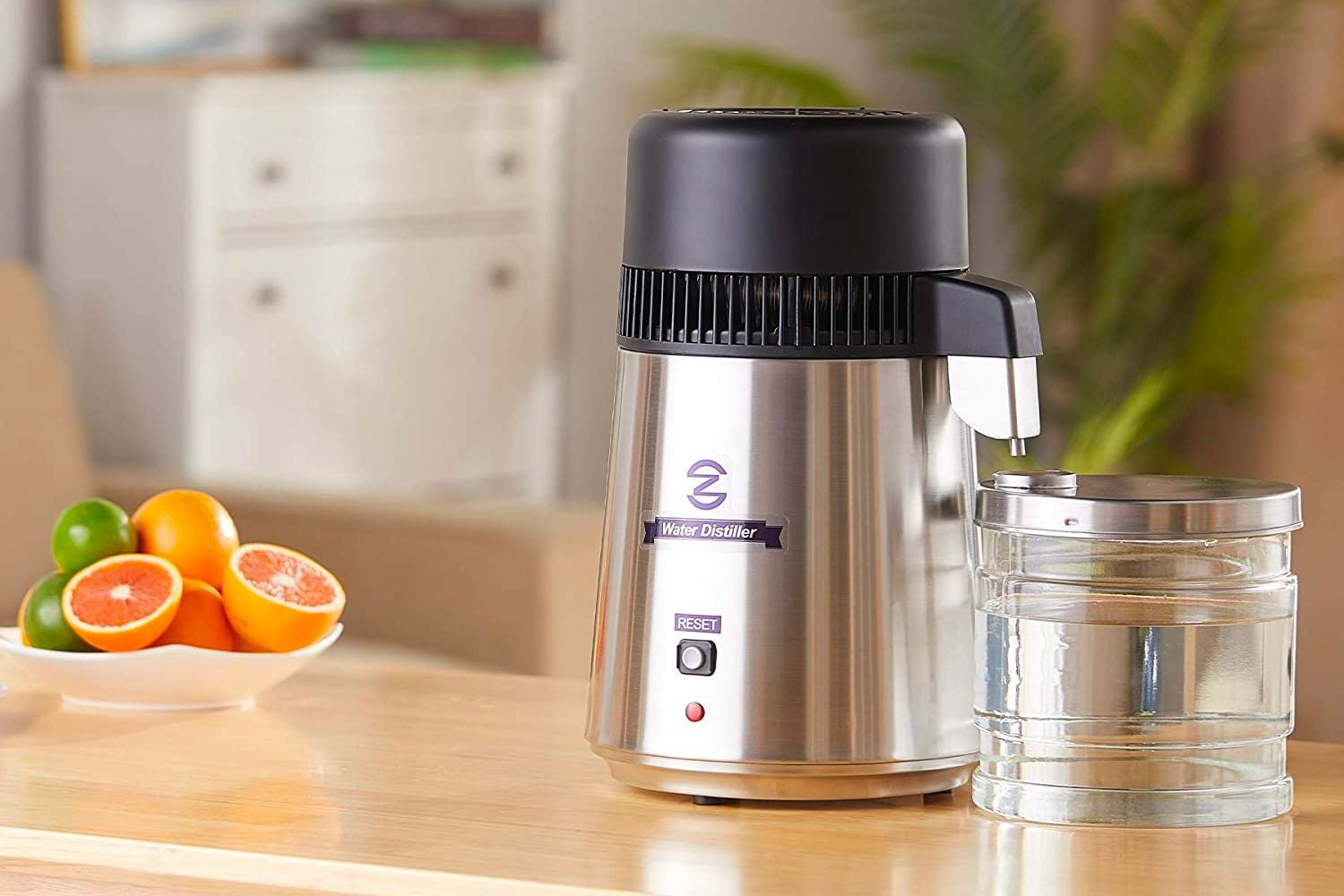
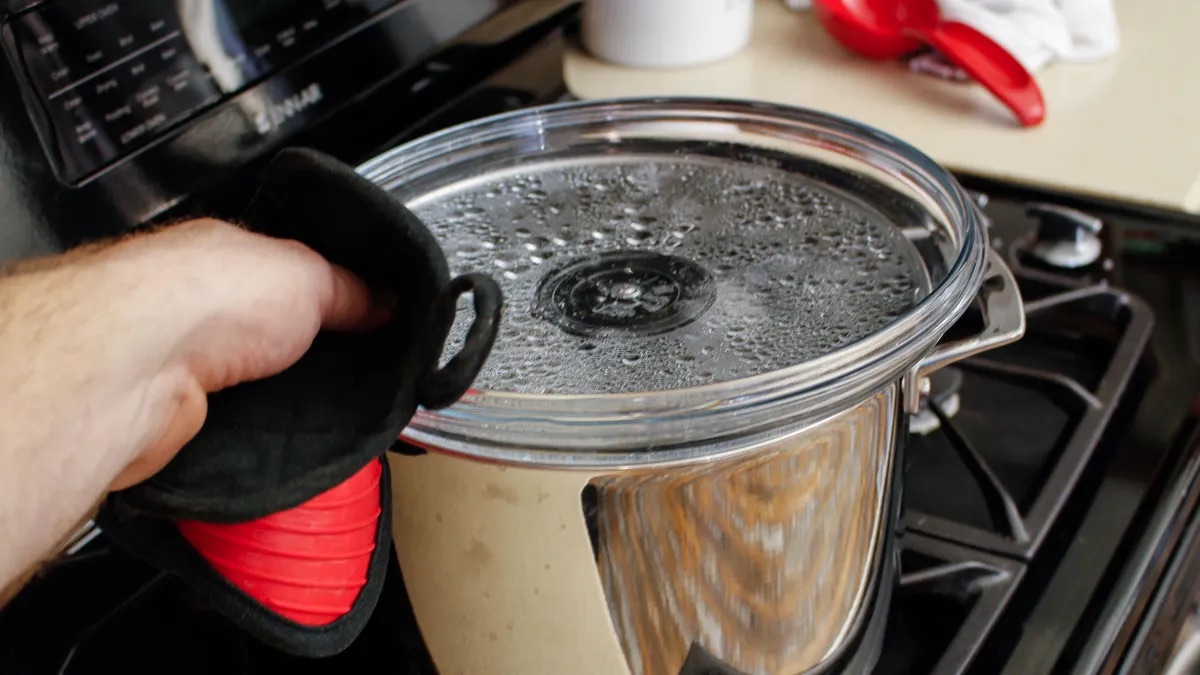


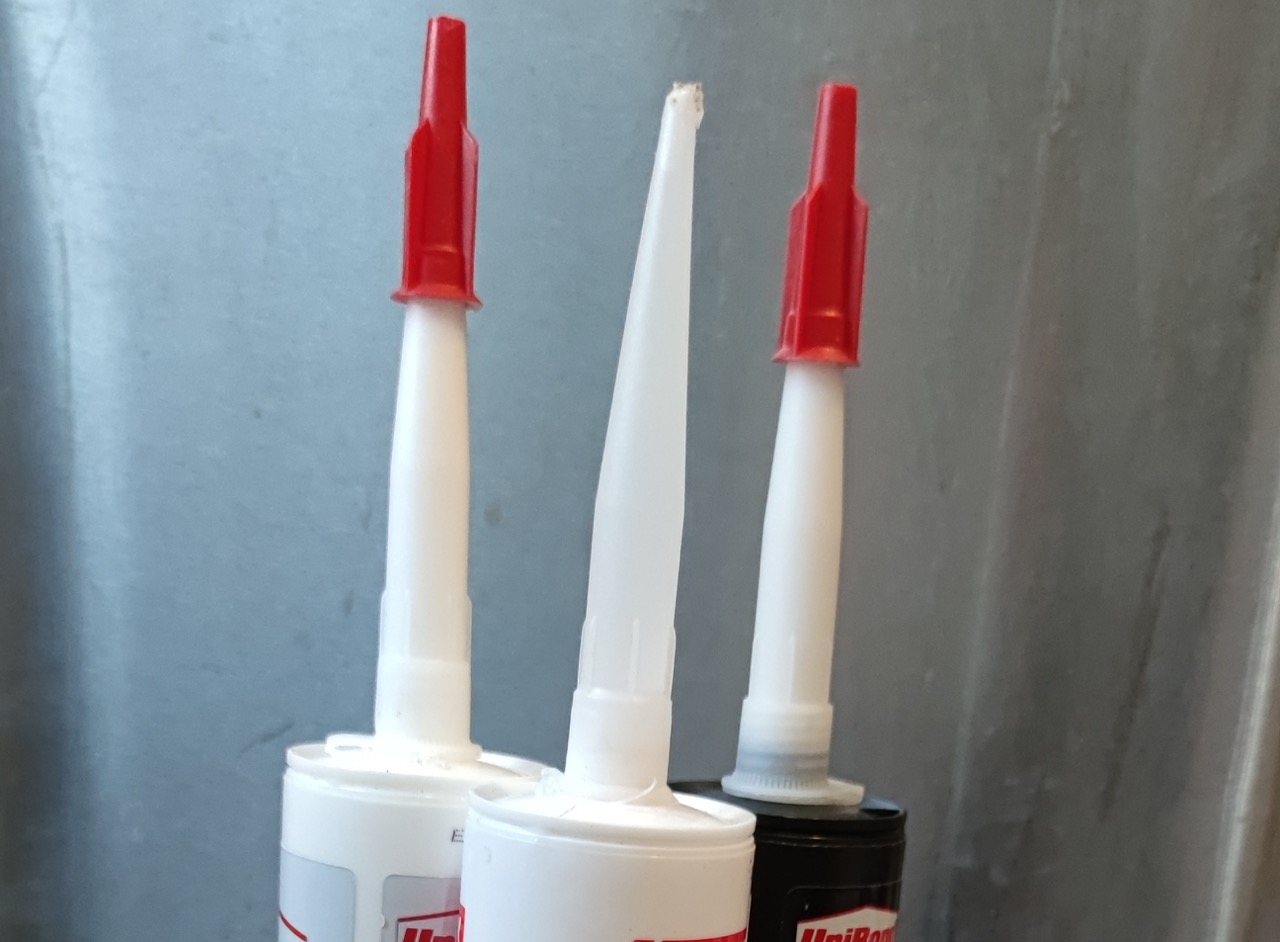




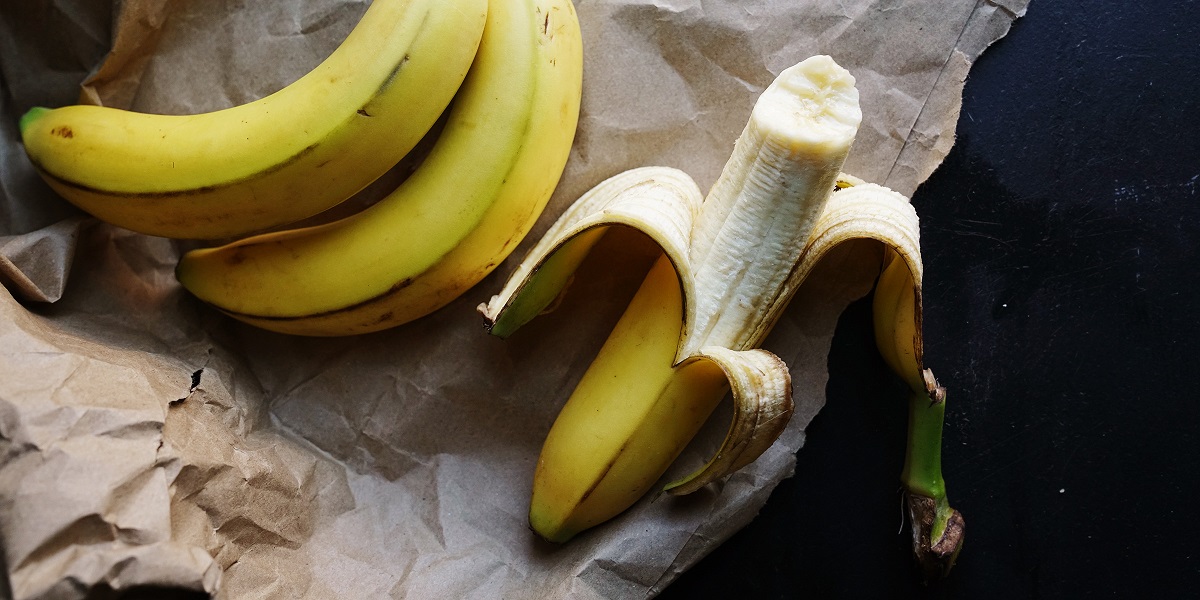



0 thoughts on “How To Store Opened Distilled Water”